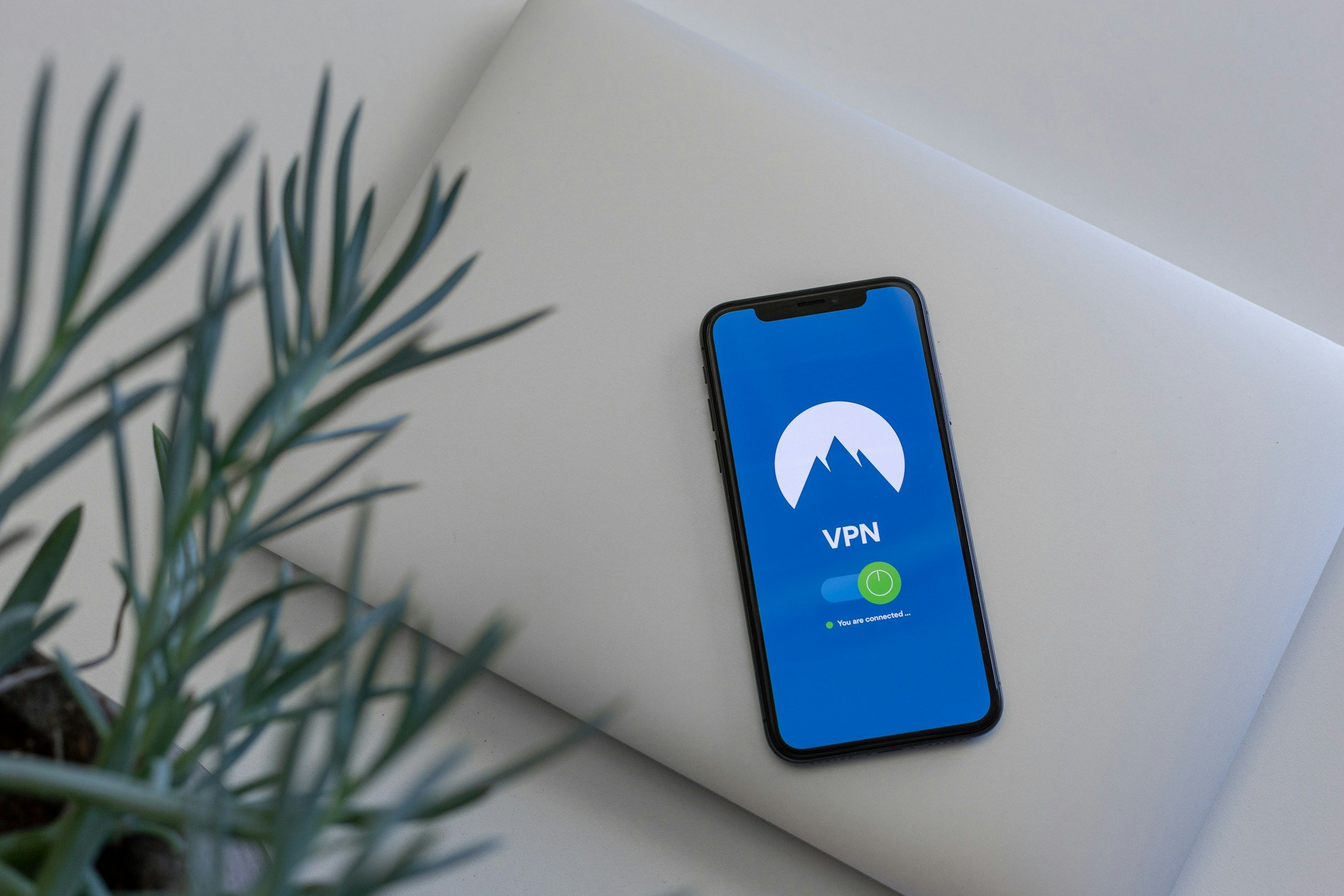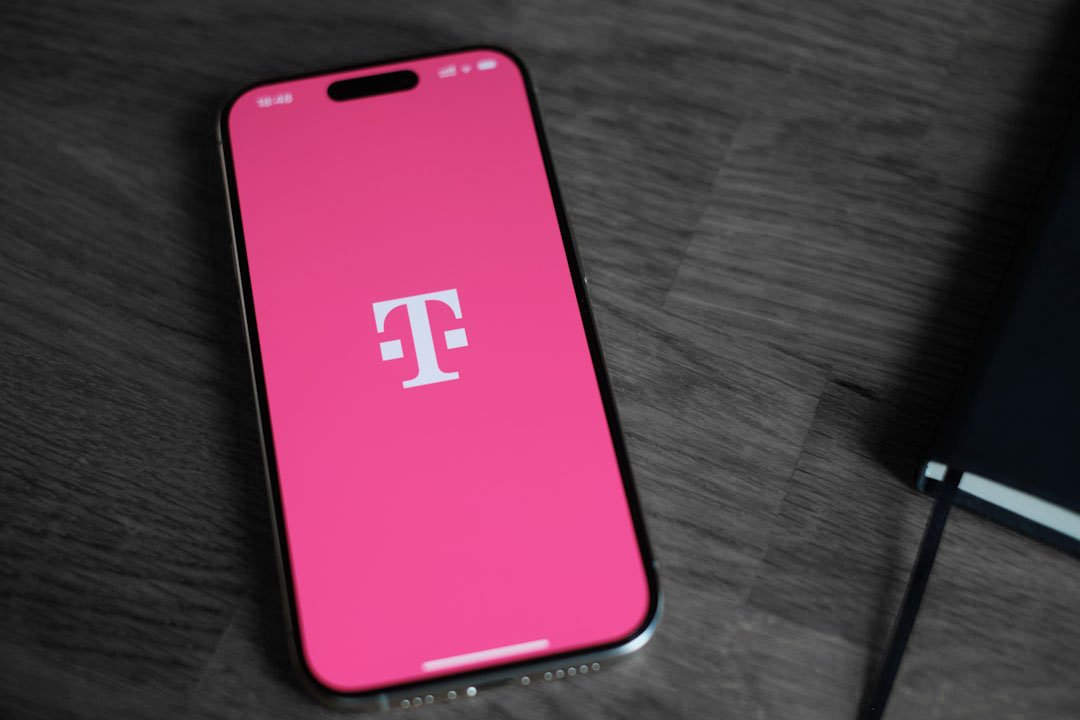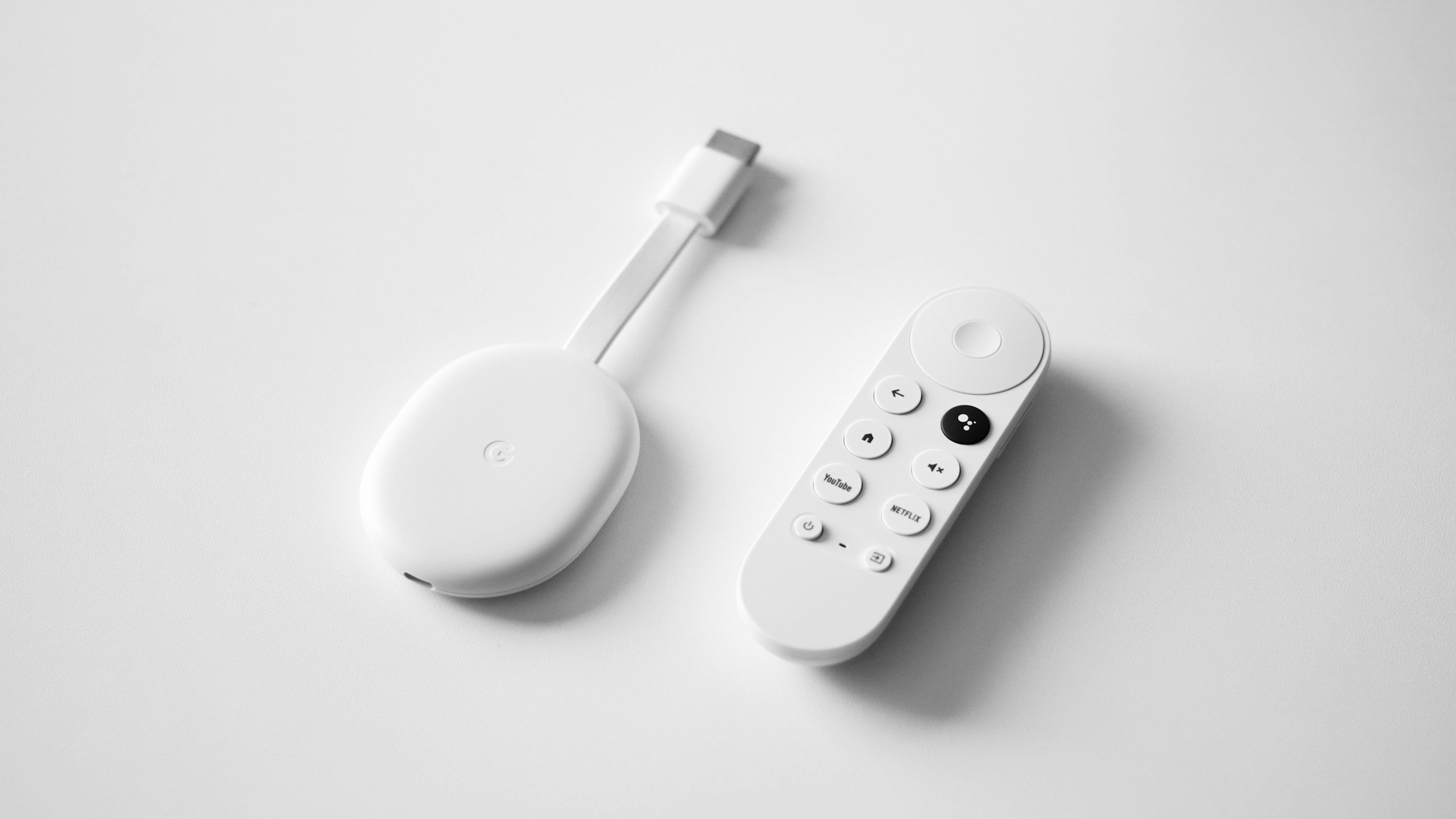Why Does My iPhone 15 Not Turn Off? – How to Fix It
When you purchase through links on my site, I may earn an affiliate commission. Here’s how it works.
Table of Contents Show
You just got your shiny new iPhone 15, 15 Plus, 15 Pro, or 15 Pro Max and it's not powering down? Don’t worry!
In this guide, we'll break down this issue for all these models and get you back on track.
Alright, let's dive right in.
1. Restart Your iPhone 15
First things first, let’s try restarting you iPhone 15. It's simple, easy, and can often be the quick fix you need when your iPhone is acting up.
To restart your iPhone, follow these steps:
Press and hold either the volume up or volume down button and the side button simultaneously.
These buttons are located on the left and right sides of your device, respectively.
Keep holding until the power-off slider appears on your screen.
You'll then drag the slider to turn your device off.
After doing this, wait for about 30 seconds for your device to completely turn off.
This gives your iPhone enough time to properly shut down all processes and prepare for a fresh start.
Now, if your device is frozen or unresponsive, you might have to force restart your device.
Don't worry; it's not as scary as it sounds. It's just a way of telling your iPhone to snap out of whatever glitch it might be experiencing. More on this in a bit.
Lastly, to turn your device back on, simply press and hold the side button (located on the right side of your iPhone) until you see the Apple logo.
Once you see this logo, you can release the button. Your iPhone will then boot up.
2. Perform a Soft Reset
If restarting didn't fix the problem, you can try doing a soft reset instead. It's another option that might help.
A force restart is like a hard reboot for your iPhone – it can help clear temporary caches and refresh system operations without erasing any data.
Here's how you can perform a soft reset on your iPhone 15:
Press and Release Volume Up Button
Start by quickly pressing and releasing the volume up button which is located on the left side of your device.
Press and Release Volume Down Button
Immediately after the first step, quickly press and release the volume down button, also located on the left side of your device.
This sequence of actions is essentially signaling to your iPhone that you're about to give it a command.
Press and Hold Side Button
Now, you need to press and hold the side button located on the right side of your device.
You'll see a power-off slider appear on your screen. However, instead of sliding it, continue holding the side button.
Wait for Apple Logo
Keep holding the side button until you see the Apple logo appear on your screen.
Once this logo appears, release the side button. Your iPhone 15 will now restart.
That's it! Just like that, you've completed a soft reset on your iPhone 15. This simple process could solve the issue you're having with your device refusing to power down.
3. Wait For The Battery to Deplete
One possibility we haven't discussed yet is a surprisingly simple one – let your battery run out of juice.
If you've tried the two steps above and your iPhone 15 still won't turn off, letting the battery run out might do the trick. It's like giving your device a hard reset.
Once your iPhone shuts down due to low battery, it closes all running applications and processes, which can sometimes resolve any software glitches that might be preventing your device from turning off.
However, it's important to note that letting your iPhone's battery drain completely isn't something you should make a habit of.
Regularly depleting your battery to 0 % can actually shorten its overall lifespan.
So, while this method might be a quick fix for a stubborn iPhone that won't turn off, it's not a long-term solution.
4. Update Your iPhone 15
When it comes to troubleshooting issues with your iPhone 15 not turning off, one thing you must always check is whether your iOS is up-to-date.
Let's break down how you can ensure everything's updated:
Locate and Open Settings
The settings app is a gray gear icon that can be found on your home screen.
Navigate to General
Once in Settings, scroll down until you see 'General' and tap on it.
Access Software Update
In the 'General' menu, you'll find 'Software Update' towards the top. Tap on it to proceed.
Check for Updates
Your device will now check for any available updates. If an update is available, it will appear here.
Download and Install
If there's an update available, tap 'Download and Install'. If asked, enter your passcode.
Connect to Wi-Fi
Ensure your device is connected to Wi-Fi before you start the update. This is because updates can be large and may use a lot of cellular data.
Ensure Battery is Sufficient
Make sure your device has enough battery power to complete the update. Ideally, your device should be charged at least 50 % or connected to a charger.
Wait for the Update to Complete
Now, all you need to do is wait. Your device will download the update first, then install it.
You can use your device normally while the update is downloading.
However, during installation, your device will restart and won't be usable.
5. Turn Off the 'Always On' Display Feature
The 'Always On' display is a unique feature of the iPhone 15 that keeps certain information visible on your lock screen, even when you're not using your phone.
This can sometimes cause confusion as it might appear that your iPhone refuses to turn off.
But don't worry! If you're finding it hard to power down your iPhone 15 or it seems like your screen never truly turns off, you might just need to disable the 'Always On' display feature.
Here's how you do it, step-by-step:
Open your Settings app on your iPhone 15.
Scroll down and tap on Display & Brightness.
Look for the Always On Display option.
Finally, simply toggle off the 'Always On' Display option.
This will ensure that your screen completely turns off when you're not using your phone, giving you that peace of mind that your device is indeed powered down.
And just like that, your iPhone 15 should now be able to turn off without any hitches.
6. Auto-Lock Settings
Another problem could be related to your Auto-Lock settings. So, let's explore how adjusting these settings can potentially solve this issue.
Auto-Lock is a feature on your iPhone that controls how long your phone's screen stays on when it's not being used.
If your Auto-Lock setting is set to 'Never', then your iPhone's screen will stay on indefinitely until you manually lock it. This might give you the impression that your iPhone isn’t turning off.
Here's the step-by-step guide to adjusting your Auto-Lock settings on your iPhone 15:
Open Settings
The settings app is a gray gear icon that can be found on your home screen.
Navigate to Display & Brightness
Once in Settings, scroll down until you see 'Display & Brightness' and tap on it.
Access Auto-Lock
In the 'Display & Brightness' menu, you'll find 'Auto-Lock' as an option. Tap on it to proceed.
Choose Time Interval
Here, you will see different time intervals ranging from 30 seconds to 5 minutes, and even an option for 'Never'.
If your goal is to have your iPhone turn off more frequently, selecting a shorter time interval is advisable.
Adjust as Necessary
Depending on your preference and usage, adjust the Auto-Lock time.
While having your screen on can be convenient for continuous use, it will also drain your battery faster and may lead to overheating if used excessively.
Confirm Settings
After choosing the desired time interval, your settings should save automatically.
You can exit out of settings now.
If your iPhone 15's display isn't turning off, checking and adjusting your Auto-Lock settings might just solve the problem.
7. Check For Physical Damage
Let’s look at a factor you might not have considered yet – physical damage.
Here's the thing about iPhones: they're brilliant pieces of tech, but they're also delicate. A drop here, a spill there, and the functionality of your device can be compromised.
Physical damage to your iPhone could range from visible external damage like a cracked screen, to internal damage like a faulty power button or damage from liquid exposure.
If you've recently dropped your iPhone 15 or exposed it to water or other liquid for a long time, this could potentially explain why your device isn't turning off.
Water damage can lead to all sorts of unpredictable behavior, including preventing your device from powering down. To check for water damage, you can take a look at the liquid contact indicator (LCI) of your iPhone.
It's always recommended to get your device checked by an Apple technician or an iPhone repair store if you suspect physical damage.
Remember, attempting to disassemble your iPhone on your own may result in loss of splash and water resistance and potentially cause further damage.
8. Backing Up and Restoring
If everything else doesn't work, you might want to try backing up and restoring your iPhone 15 model – it could solve the problem you're facing.
Just remember, this is a last-resort measure.
Backing Up Your iPhone 15
Open Settings
Find the settings app on your home screen, represented by a gray gear icon, and tap on it.
Navigate to iCloud Settings
Tap on your name at the top of the Settings menu, then select 'iCloud'.
Access iCloud Backup
Scroll down until you find 'iCloud Backup'. Ensure that it's turned on.
Back Up Now
Once you've ensured iCloud Backup is enabled, you can manually initiate a backup by tapping 'Back Up Now'.
This process will store your data safely on iCloud.
Restoring Your iPhone 15 from a Backup
Erase All Data (if necessary)
If you're restoring an existing iPhone, you'll need to erase all data from your device first.
This can be done in the 'General' section of the 'Settings' app.
Don’t forget, this will delete all data and settings, so ensure you have everything backed up before proceeding.
Initiate Restore during Setup
If you're setting up a new or newly erased iPhone, you will have the option to 'Restore from iCloud Backup' during the setup process.
Restore via Computer (if preferred)
For those who prefer using a computer for backups, you can also restore your device via the Finder on Mac or iTunes on Windows.
Connect your iPhone to your computer, choose your device, and select 'Restore Backup'.
Make sure to pick the correct backup from the list.
9. Contact Apple Support
If you've tried all the troubleshootng steps we've talked about and your iPhone 15 still won't turn off, it might be time to get in touch with Apple Support.
You can reach out to them via phone or chat, set up a repair, or even make a Genius Bar appointment.
To contact Apple Support, you can call 1-800-275-2273 (US). Be prepared to provide detailed information about your device and the issue you're facing.
If you're more comfortable with text-based communication, you can use the chat feature available on the Apple Support website.
For those who prefer face-to-face help, you can make a Genius Bar appointment at your nearest Apple Store.
The Genius Bar is staffed with trained experts who can help diagnose and resolve issues with your Apple devices.
Conclusion
And there you have it! We've walked through several potential solutions to that pesky issue of an iPhone 15 that just won't power down.
From straightforward restarts and soft resets, to adjusting your Auto-Lock settings, and even the more extensive method of backing up and restoring your device, we've covered a variety of strategies to get you back in control.
I hope one of these steps has been helpful to you.
But now, I'm interested to hear from you. Have you faced this issue with your iPhone 15? Were you able to fix it using one of these methods, or did you find another solution?
Share your experiences in the comments below, or connect with me on social media.
And if you haven't already, don't forget to subscribe to my newsletter. It’s packed with insights, reviews, and the latest tech news that you don't want to miss.
Until next time – thanks a lot for reading!
FAQ
-
There could be several reasons why your iPhone 15 won't turn off – it might be a minor software glitch, an issue with specific settings, or even a more complex hardware problem.
-
If a simple restart doesn't solve the issue, you may need to try a soft reset, adjust your Auto-Lock settings, or even back up and restore your device.
This article goes into detail on how to execute these steps.
-
While this blog post is specific to the iPhone 15 models (iPhone 15, iPhone 15 Plus, iPhone 15 Pro, iPhone 15 Pro Max), many of the solutions can apply to other iPhone models as well.
-
Regularly updating your iPhone 15's software can help prevent these types of issues.
Also, if you notice any irregular behavior with your device, don't ignore it – address it as soon as possible to prevent minor issues from spiraling into bigger problems.
-
If you've tried all the solutions outlined in my blog post and your iPhone 15 still won't turn off, it may be time to contact Apple Support or visit an authorized service center for professional assistance.
-
If your iPhone 15 is unable to turn off for extended periods, it could potentially lead to problems such as battery drain or overheating.
It's important to address the issue promptly to prevent any potential damage.
-
If you back up your iPhone before restoring it, you shouldn't lose your data.
The restore process will erase everything on your phone, but then you can restore all your data from the backup.
-
This could be due to several reasons including a software bug, a problematic app, or a hardware issue.
This blog post covers some solutions you can try to resolve this issue.
MOST POPULAR
LATEST ARTICLES




















